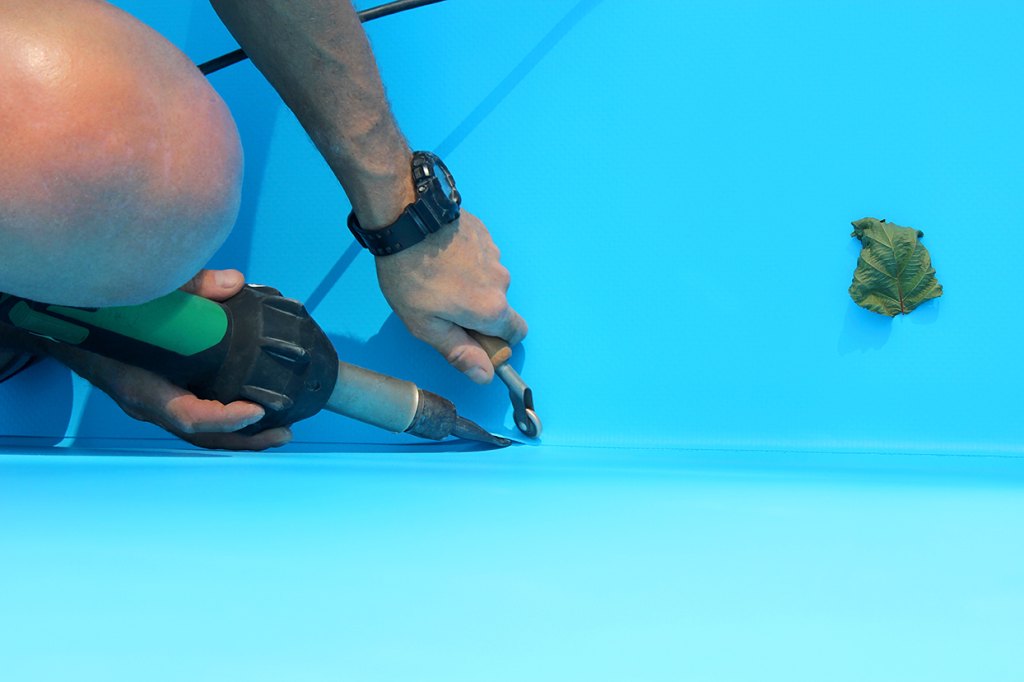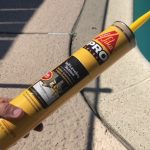Stop Wasting Water: Troubleshoot Above Ground Swimming Pool Leaks Now!
Dive into Savings: Detect and Repair Above Ground Pool Leaks with Ease!
Stop Wasting Water: Troubleshoot Above Ground Swimming Pool Leaks Now!
1 Picture Gallery: Stop Wasting Water: Troubleshoot Above Ground Swimming Pool Leaks Now!
Are you ready to dive into savings? If you own an above ground swimming pool, detecting and repairing leaks can help you save both water and money. A leaking pool not only wastes water, but it can also cause damage to your pool and surrounding areas. So, let’s put on our detective hats and discover how to troubleshoot above ground pool leaks with ease!
First off, let’s understand why it’s crucial to detect and repair pool leaks promptly. A leaking pool can lead to a substantial loss of water over time. Just imagine gallons of water being wasted without you even realizing it. Not only is this detrimental to the environment, but it can also have a significant impact on your water bill. By taking action and finding and fixing leaks, you can save both water and money, all while enjoying a well-maintained swimming pool.
So, how can you detect if your above ground pool is leaking? The easiest way is by performing a simple bucket test. Fill a bucket with water, place it on the pool’s steps, and mark the water level inside the bucket. Next, mark the water level on the pool’s wall. After 24 hours, compare the two water levels. If the pool’s water level dropped significantly more than the bucket’s water level, chances are you have a leak.

Image Source: cndinstallers.com
Once you’ve determined that your above ground pool is leaking, it’s time to play detective and locate the source of the leak. Begin by inspecting the pool’s liner for any visible tears, holes, or punctures. Look for any signs of water seepage around the pool’s walls or the ground surrounding it. These visual clues can help you narrow down the area where the leak might be occurring.
If you’re unable to locate the leak visually, don’t worry! There are other methods you can use to find the culprit. One such method is the food coloring test. Add a few drops of food coloring near the suspected leak area and observe if the color gets sucked into the hole or tear. This technique works because the water will draw the food coloring towards the leak, making it easier to pinpoint the exact location.
Once you’ve successfully detected the leak, it’s time to repair it. The method of repair largely depends on the size and severity of the leak. For small tears or punctures in the liner, you can use a pool patch kit. These kits usually include patches and adhesive, making it a straightforward process. Clean and dry the area around the leak, apply the adhesive, and cover it with the patch. Press firmly to ensure proper adhesion, and voila, your leak should be fixed!
For larger leaks or more severe damage, you may need to consult a professional pool repair service. They have the expertise and tools to handle any repair job efficiently and effectively. Remember, it’s crucial to address leaks promptly to prevent further damage to your pool and avoid wasting more water.
So, let’s dive into savings by detecting and repairing above ground pool leaks with ease! By taking proactive steps, you can stop wasting water, save money, and ensure your swimming pool stays in top-notch condition. With a little detective work and the right repair techniques, you’ll be able to enjoy your pool worry-free, knowing that you’re doing your part to conserve water and protect the environment. Happy swimming!
Making a Splash: Discover Smart Solutions to Stop Wasting Water Today!
Water is a precious resource that we should all strive to conserve. When it comes to above ground swimming pools, leaks can be a major culprit in wasting water. Not only do they contribute to unnecessary water loss, but they also lead to higher utility bills and potential damage to your pool and surrounding areas. In this article, we will explore smart solutions to help you troubleshoot and stop wasting water from above ground pool leaks.
First and foremost, it is important to identify whether your pool is indeed leaking. A simple way to check this is by conducting a bucket test. Fill a bucket with water and mark the water level on both the inside and outside. Place the bucket on the pool steps or ledge, ensuring that it is immersed in the water. Leave it there for a day or two, making sure not to use the pool during this time. After the designated period, compare the water levels inside and outside the bucket. If the water level outside the bucket has dropped more than the level inside, it is likely that you have a leak.
Once you have confirmed the presence of a leak, it is time to start troubleshooting. The first step is to inspect the pool liner. Look for any visible tears, holes, or areas where the liner may have come loose. Pay special attention to the corners, seams, and areas around the skimmer and return fittings. If you find any issues, you can patch small holes or tears with an appropriate pool liner repair kit. For larger tears or loose liners, it is best to consult a professional for assistance.
In addition to the liner, other common sources of leaks include the pool filter, pump, and plumbing connections. Check for any visible signs of leakage, such as wet or damp areas, drips, or puddles around these components. Tighten any loose connections and replace worn-out gaskets or o-rings. If you suspect a leak in the plumbing, it may be necessary to hire a professional to conduct a pressure test and locate the exact source of the leak.
Another smart solution to prevent water waste is to invest in a pool cover. Not only does a pool cover help retain heat and reduce evaporation, but it also acts as a barrier to prevent debris from entering the pool. By keeping the water clean and reducing evaporation, you can minimize the need for frequent refilling due to water loss. Additionally, using a pool cover during the off-season can help protect the pool from the elements and extend its lifespan.
Regular maintenance and proper pool care can also contribute to water conservation. Keep the pool water balanced and chemically treated to prevent algae growth and reduce the need for frequent draining and refilling. Regularly clean the pool filter and skimmer baskets to ensure optimal filtration and circulation, preventing any potential leaks or water loss due to clogged systems.
Lastly, educating yourself and your family about water-saving habits can go a long way in conserving water. Encourage shorter shower times, fix any leaking faucets or toilets in your home, and promote responsible water usage both inside and outside the pool area. By making small changes in our daily routines, we can make a big impact on water conservation efforts.
In conclusion, above ground pool leaks can lead to significant water wastage and financial implications. By following the smart solutions outlined in this article, you can troubleshoot and stop wasting water from your above ground swimming pool. From conducting a bucket test to repairing the pool liner and inspecting the various components, every step counts. Remember to invest in a pool cover, practice regular maintenance, and promote water-saving habits for a more sustainable pool experience. Let’s make a splash in conserving water today!
This post topic: Ideas



